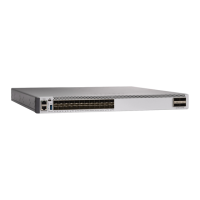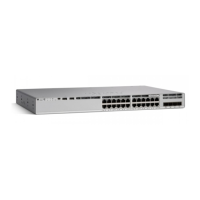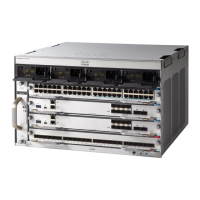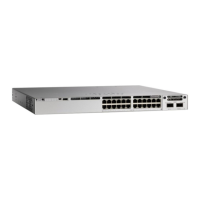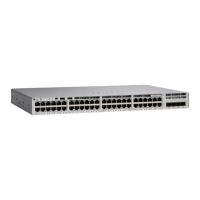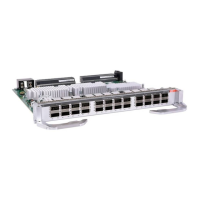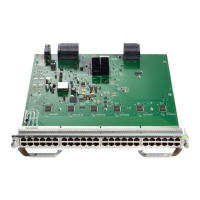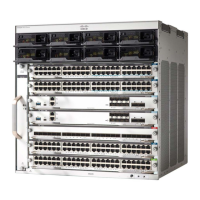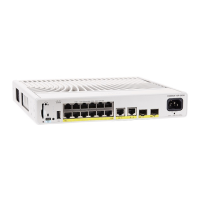IP Broadcast Flooding
You can allow IP broadcasts to be flooded throughout your internetwork in a controlled fashion by using the
database created by the bridging STP. Using this feature also prevents loops. To support this capability,
bridging must be configured on each interface that is to participate in the flooding. If bridging is not configured
on an interface, it still can receive broadcasts. However, the interface never forwards broadcasts it receives,
and the router never uses that interface to send broadcasts received on a different interface.
Packets that are forwarded to a single network address using the IP helper-address mechanism can be flooded.
Only one copy of the packet is sent on each network segment.
To be considered for flooding, packets must meet these criteria. (Note that these are the same conditions used
to consider packet forwarding using IP helper addresses.)
•
The packet must be a MAC-level broadcast.
•
The packet must be an IP-level broadcast.
•
The packet must be a TFTP, DNS, Time, NetBIOS, ND, or BOOTP packet, or a UDP specified by the
ip forward-protocol udp global configuration command.
•
The time-to-live (TTL) value of the packet must be at least two.
A flooded UDP datagram is given the destination address specified with the ip broadcast-address interface
configuration command on the output interface. The destination address can be set to any address. Thus, the
destination address might change as the datagram propagates through the network. The source address is never
changed. The TTL value is decremented.
When a flooded UDP datagram is sent out an interface (and the destination address possibly changed), the
datagram is handed to the normal IP output routines and is, therefore, subject to access lists, if they are present
on the output interface.
In the Device, the majority of packets are forwarded in hardware; most packets do not go through the Device
CPU. For those packets that do go to the CPU, you can speed up spanning tree-based UDP flooding by a
factor of about four to five times by using turbo-flooding. This feature is supported over Ethernet interfaces
configured for ARP encapsulation.
How to Configure IP Routing
By default, IP routing is disabled on the Device, and you must enable it before routing can take place. For
detailed IP routing configuration information, see the Cisco IOS IP Configuration Guide.
In the following procedures, the specified interface must be one of these Layer 3 interfaces:
•
A routed port: a physical port configured as a Layer 3 port by using the no switchport interface
configuration command.
•
A switch virtual interface (SVI): a VLAN interface created by using the interface vlan vlan_id global
configuration command and by default a Layer 3 interface.
On enabling ip routing, the VLAN configured as SVI will also learn broadcast ARP
requests which are not self destined.
Note
Routing Configuration Guide, Cisco IOS XE Everest 16.6.x (Catalyst 9500 Switches)
57
Configuring IP Unicast Routing
IP Broadcast Flooding
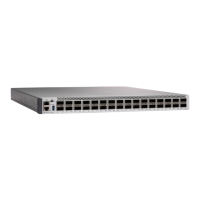
